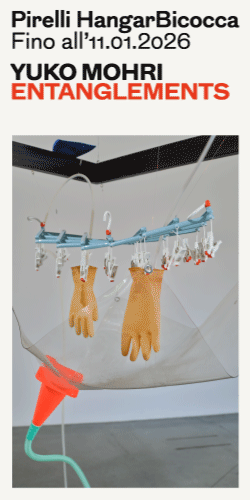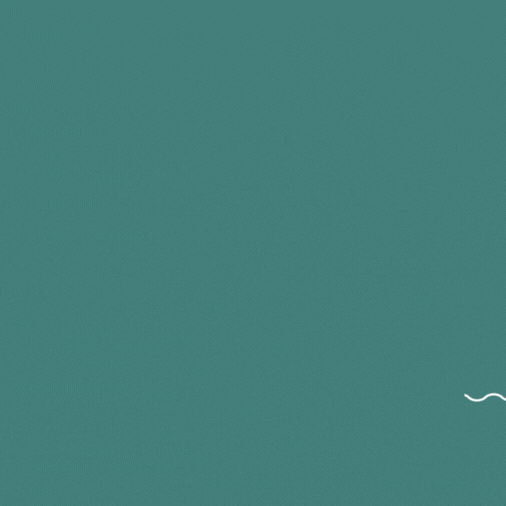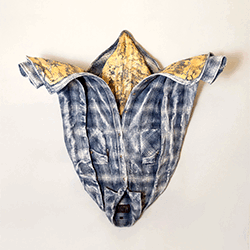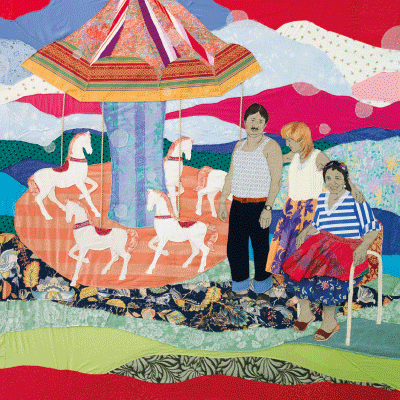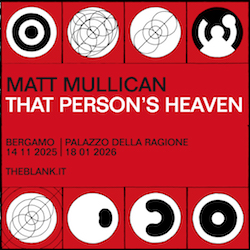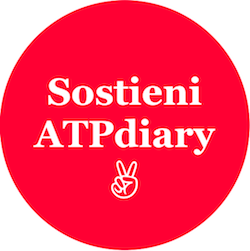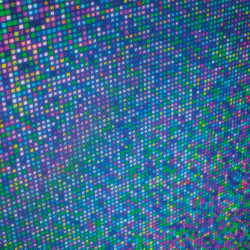[nemus_slider id=”52758″]
English text below
Attraverso la doppia mostra “&” di Landon Metz presso le gallerie Massimo Minini di Brescia e Francesca Minini di Milano corre un filo sottile, che unisce le mostre e gli spazi in un’unica entità, molteplice ma al tempo stesso unitaria. Nell’opera del giovane artista americano si intrecciano rimandi, ricordi, impressioni e interpretazioni, fissati dall’inchiostro. Attraverso un’analisi emotiva dello spazio il visitatore assorbe nuove informazioni riguardo a quel “white cube” che così “inerte” in fondo non è, conservando sempre una quantità di informazioni nascoste che raccontano la storia del luogo e dei suoi occupanti. Integrazione tra spazio e opera, fusione e allo stesso distanza tra artista e pubblico nell’esperienza dei lavori, ritmo e ripetizione, commistione di elementi culturali tra i più vari e attenzione per la forma, che esprime ma non spiega; questi alcuni degli elementi del lavoro di un artista la cui onestà intellettuale resta evidente nel seguire la propria interiorità all’interno della pratica artistica. Non a caso, e proprio per questo, Massimo Minini, nel testo che introduce alla mostra, ne ha tratteggiato in modo così poetico e affascinante un ritratto che contempla avvicinamenti a grandi artisti internazionali e un luminoso futuro.
In mostra a Milano fino al 05 marzo e a Brescia fino al 12 marzo.
ATP: Francesca Minini, per festeggiare i 10 anni di apertura della galleria, ha scelto il tuo progetto espositivo da sviluppare sia nella sede milanese, che in quella a Brescia nella galleria del padre Massimo Minini. Come hai sviluppato le due mostre e che relazione ci sono tra esse?
LM: Mentre ogni mostra è un gesto autonomo, considero questa una sola mostra su due città. Una forma divisa a metà e ricomposta dalla memoria, dato che le opere esistono in uno spazio tangibile creato dall’esperienza del visitatore.
ATP: Nel testo molto poetico scritto da Massimo Minini per la tua doppia mostra, vengono citati molti artisti in relazione al tuo lavoro: da Wolfgang Laib a Morris Louis, da Helen Frankenthaler a Daniel Buren e Michael Asher. A quali di questi artisti ti senti più vicino? Ci sono altri artisti a cui ti ispiri o da cui hai tratto insegnamento per la tua ricerca pittorica?
LM: Massimo è molto generoso nel tratteggiare queste relazioni e sono onorato di essere menzionato, per qualsiasi capacità, a fianco di questi artisti. La mia pratica artistica è molteplice e credo ci siano molti modi attraverso cui relazionare il mio lavoro a esperienze storiche precedenti, sempre in dipendenza dell’argomento trattato. Dato che mi sento molto coinvolto nell’esperienza “periferica” della vicinanza a fonti innate ed esterne, mi sento particolarmente affine ad artisti come Duchamp, e specialmente Cage.
ATP: Mi racconti brevemente che significato dai alla tua pittura?
LM: Gli oggetti nella mia pratica sono considerati materiali grezzi. Sono però più interessato alle relazioni che intessono tra loro, con il loro ambiente circostante e l’esperienza che se ne trae.
ATP: Sono rintracciabili, nella tua ricerca pittorica, influenze dirette dall’ambiente in cui sei nato? O più in generale, quanto ti condiziona la realtà che ti circonda?
LM: Di certo crescere nel deserto dell’Arizona ha influenzato la mia concezione dello spazio e dell’economia delle forme, ma direi che ho imparato altrettanto, se non di più, vivendo a New York e trascorrendo molto tempo in Europa. Allo stesso modo, creo relazioni tra oggetti e il loro ambiente negli spazi espositivi, e sono molto consapevole dei parametri culturali che vigono al di fuori di quelle mura, e che inevitabilmente influenzano il mio lavoro.
ATP: La tua pittura è stata spesso definita “lirica e sensuale”. Cosa pensi di questa definizione?
LM: La ripetizione e la coscienza del corpo e dello spazio sono sempre presenti nel mio lavoro. Sono più interessato a un’esperienza che a un’immagine o un oggetto, ed entrambe queste descrizioni sembrano favorire il primo termine.
ATP: In merito alle mostre a Milano e a Brescia, ci sono dei rimandi con le due città o, più nel particolare, ai due ambienti espositivi?
LM: Provo un’inspiegabile attrazione per l’Italia e spero che un giorno riuscirò ad avere una relazione intima anche con la sua filosofia e la sua storia. Ho soltanto grattato la superficie, per ora. Sarà un processo che richiederà tempo, ma credo che queste due mostre possano essere l’inizio di una lunga relazione tra me e l’Italia. E non c’è miglior guida in questa impresa rispetto ai Minini. Devo solo migliorare il mio italiano.
Ha collaborato Martina Odorici
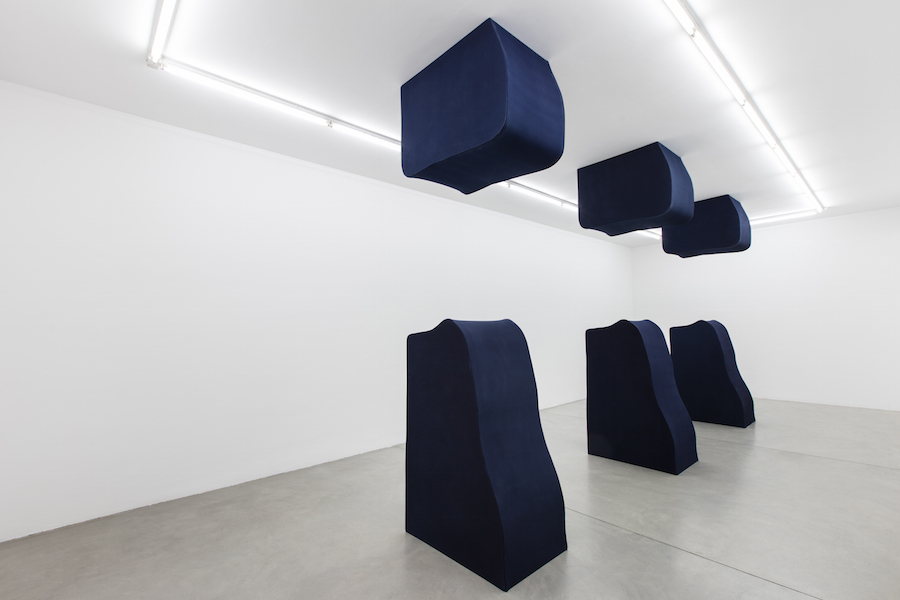
Interview with Landon Metz, & — Francesca Minini, Milan | Massimo Minini, Brescia
A thin thread runs through the double exhibition “&” by Landon Metz at the galleries Massimo Minini in Brescia and Francesca Minini in Milan, something that connects the shows and the spaces in a whole, divided but at the same time uniform. In the work of the young American artist cross-references, memories, impressions and interpretations are intertwined. Trough an emotional analysis of the space, the visitor will get new information about that “white cube” that is not really as “inert” as it could be considered, because it is always preserving a big quantity of hidden information that recall the history of the spaces and its occupants. Integration between space and work, fusion and at the same time distance between artist and public in the experience of the artworks, rythm and repetition, harmony of the most diverse cultural elements and attention for the form, that conveys but does not explain; these are some of the ingredients of the work of an artist whose intellectual rigor is made evident in following his essence inside his artistic practice. Significally, and exactely for these reasons, Massimo Minini, in the text that introduces the exhibition, sketched a very poetic and fascinating portrait of the artist, tracing similarities with great international artists and drawing for Landon Metz a Bright future.
On exhibit in Milan until the 5th of March and in Brescia until the 12fth of March.
ATP: Francesca Minini, wishing to celebrate ten years of gallery’s activity, chose your exhibition project, to be shown both in Milan and Brescia, where the gallery of Francesca’s father, Massimo Minini, has its location. How did you develop the exhibitions and which are the relationships between them?
LM: While each show is an autonomous gesture, I consider this to be a single exhibition between two cities. A form broken in halves and pieced back together by memory, the realized work exists in an intangible space created by the viewer’s experience.
ATP: In the really poetic text written by Massimo Minini for your double show, he mentioned a lot of artists connected to your work: from Wolfgang Laib to Morris Louis, from Helen Frankenthaler to Daniel Buren and Michael Asher. Which of these artists do you feel closer? Are there other artists that inspire you or from whom you drew a teaching for your painting research?
LM: Massimo is very generous in drawing those relationships and I’m honored to be mentioned in any capacity with all of these artists. My practice is multilayered and I find different ways of relating to historical precedence depending on the question at hand. Seeing as I’m highly invested in a peripheral experience created by inherent, external sources, I feel a closest kinship to artists like Duchamp and especially Cage.
ATP: Would you like to explain me briefly which meaning do you assign to your painting practice?
LM: The objects in my practice are considered raw material. I’m more interested in the way they relate to one another, their surrounding environment and an experience.
ATP: Is there a clear reference in your work to the environment you were born in? Or, more generally, how much does the surrounding reality influence you?
LM: Of course growing up in the desert in Arizona has influenced my understanding of space and economy of form, but I would say I’ve learned just as much if not more from living in New York and spending so much time in Europe. In the same way I relate objects to their environment within exhibition spaces, I’m very aware of the cultural parameters set outside these walls which invariably affect the work.
ATP: Your painting was frequently defined as “lyrical and sensual”. What do you think about this definition?
LM: Repetition and awareness of the body and space come up for me constantly in my practice. I’m more interested in an experience than an image or object and both these descriptions seem to favor the former.
ATP: Regarding the exhibitions in Milan and Brescia, are there references to the cities or, more particularly, to the exhibition spaces?
LM: I feel an unexplainable kinship for Italy and I hope to one day form an intimate relationship with its philosophy and history. I’ve only scratched the surface. It’ll be a process and take time, but I feel these two exhibitions are the beginning of a long relationship between Italy and I. There is no better guide to such an endeavor than the Minini’s. I only need to improve my Italian.



